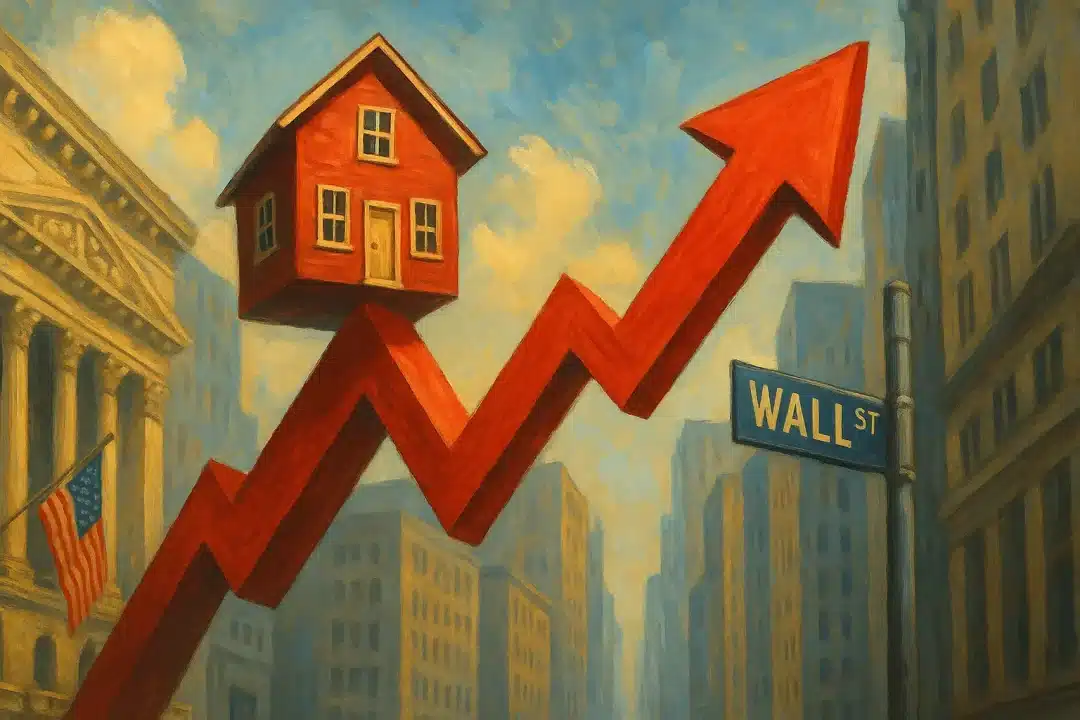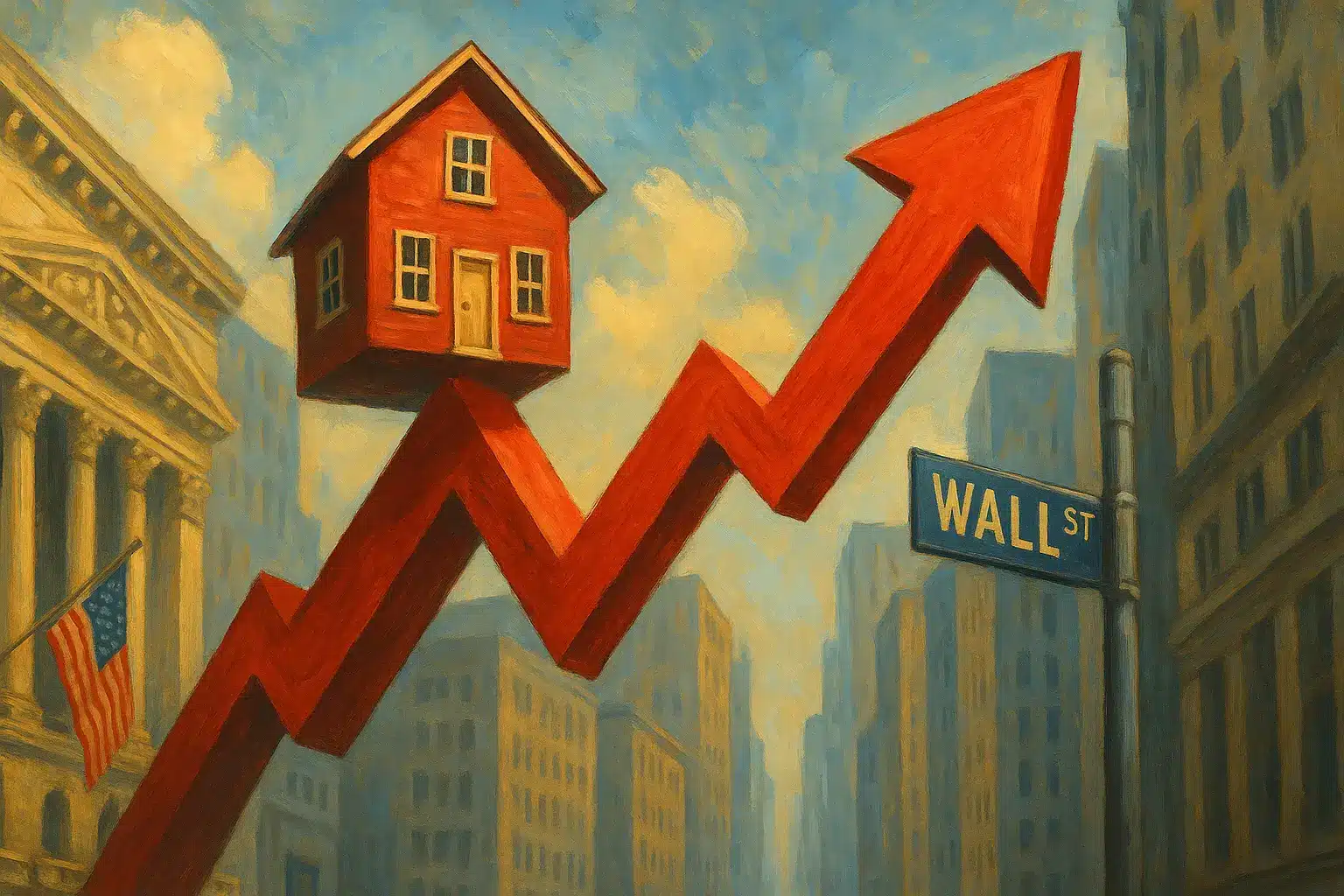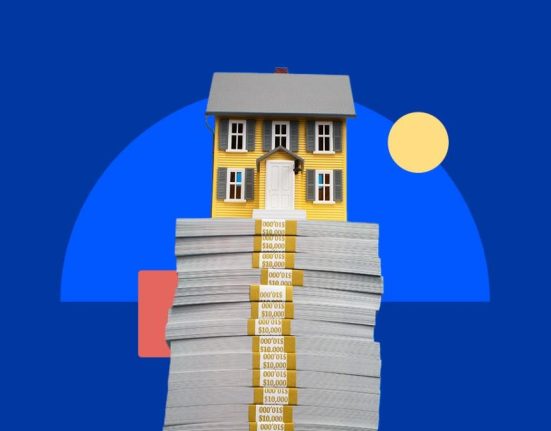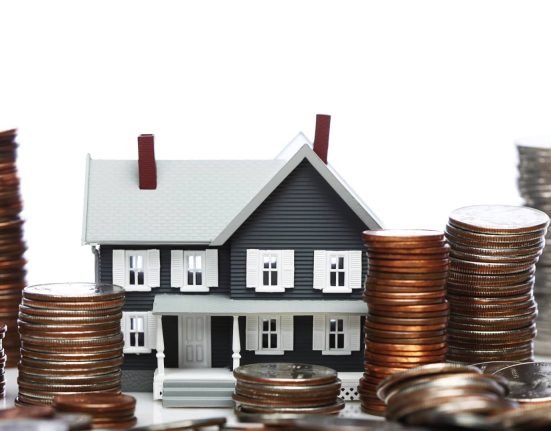

Mortgage rates edged slightly lower heading into the Fourth of July weekend, with the national average for a 30-year fixed mortgage settling at 6.75%—a 2 basis point drop from earlier this week. The latest data from Zillow shows a continuation of the mild rate fluctuations that have characterized much of the 2025 mortgage market.
Current average mortgage rates as of July 3, 2025
According to Zillow and Yahoo Finance, here’s where national average mortgage rates stand today:
- 30-year fixed: 6.75% (APR: 7.22%)
- 20-year fixed: 6.46% (APR: 6.78%)
- 15-year fixed: 5.77% (APR: 6.08%)
- 10-year fixed: 5.62% (APR: 5.77%)
- 5/1 ARM: 7.47% (APR: 7.98%)
- 7/1 ARM: 7.56% (APR: 7.91%)
On the refinance side, rates are slightly higher:
- 30-year fixed refi: 6.64%
- 15-year fixed refi: 5.88%
- 5/1 ARM refi: 7.42%
VA and FHA loan products remain competitive. FHA 30-year fixed rates dropped sharply to 6.57%, while 15-year VA loans rose slightly to 5.88%.
Week-over-week rate trends
While the overall movement is modest, here’s how rates have shifted compared to last week:
- 30-year fixed: Down 0.03%
- 15-year fixed: Down 0.04%
- 5/1 ARM: Unchanged
- 30-year FHA: Down 0.68%
- 30-year VA: Up 0.09%
Despite the rise in some adjustable-rate loans, fixed-rate products continue to offer more stability for long-term buyers.
What’s influencing mortgage rate fluctuations?
Recent economic events are adding some volatility to the mortgage landscape. A failed budget vote in the U.S. House and anticipation of Thursday’s jobs report have left traders cautious, nudging Treasury yields slightly higher. The 10-year Treasury note—often used as a benchmark for mortgage pricing—saw nearly a 1% jump in yield mid-week.
If job growth slows, it could signal to the Federal Reserve that rate cuts may come sooner than expected, potentially pushing mortgage rates lower in the near term.
Key economic drivers include:
- Treasury yields: Strong correlation with mortgage pricing
- Federal Reserve policy: Future rate cut speculation
- Inflation and CPI data: Impact on long-term rate expectations
- Employment figures: Market sentiment on economic resilience
How to get the best mortgage rate right now
Securing the lowest possible mortgage rate can lead to tens of thousands in savings over the life of a loan. Here are five tips to boost your odds:
- Shop multiple lenders: Don’t settle for your agent’s default choice—compare rates online.
- Check lender fees: Evaluate closing costs and APRs, not just the headline rate.
- Increase your down payment: A 20% down payment often unlocks better rate tiers.
- Boost your credit score: Higher credit scores typically yield lower mortgage rates.
- Explore loan types: Consider if a 15-year fixed or ARM might better suit your timeline.
Should you buy or refinance now?
Deciding whether to lock in a rate now depends largely on your financial situation and market expectations. For potential buyers, the slightly lower fixed rates could make July a more affordable time to enter the market—especially with summer inventory still available in many markets.
Refinancers may benefit if their existing rate is at least 1% higher than today’s averages. However, keep in mind that closing costs must be factored into your breakeven timeline.
In short:
- Buy now if: You’ve secured financing and find the right home
- Refinance if: You’re seeing at least 1% savings and plan to stay long-term
What happens next?
All eyes will be on the upcoming jobs report and inflation data to see how the Federal Reserve might react. If indicators suggest economic cooling, further mortgage rate declines are likely by late summer.
Mortgage shoppers should continue monitoring rates daily and consider locking in favorable terms if they align with their long-term goals.







